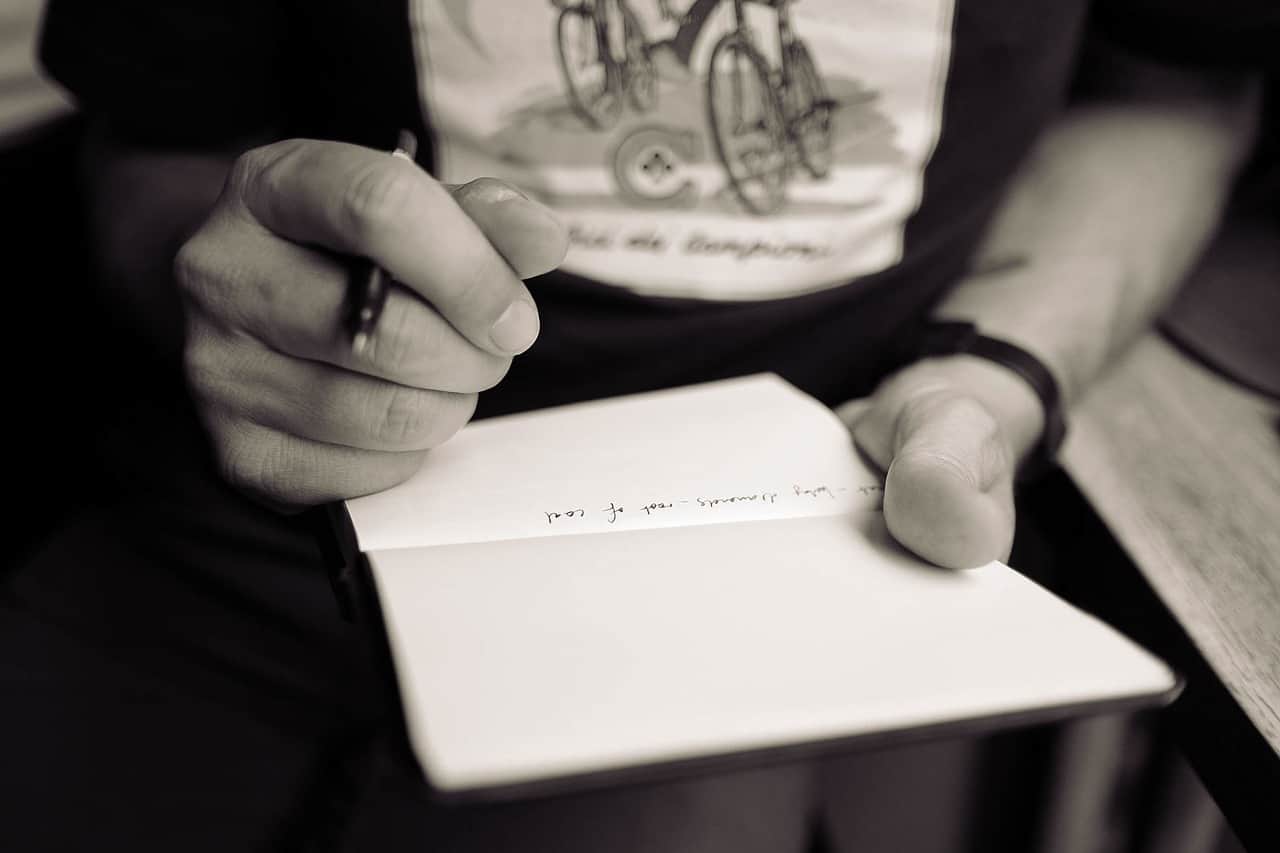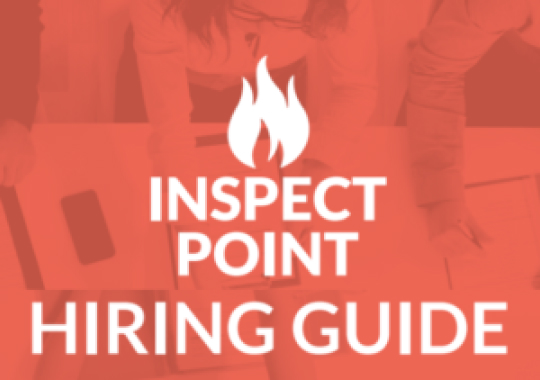

Thank you for joining us for the second installment of our NFPA training methods series. If you missed PT 1 you can find it here.
We’ve already covered the importance of reading the NFPA codes and observing an experienced fire inspector, so it’s time to move on to the final two suggested training methods, trying to perform a fire inspection and actually doing one.
Shadowing experienced inspectors and reading the codes are all well and good, but most people entering the fire inspection trade are hands-on learners. So, its time for your trainees stop watching and start doing!
Method Three: Trying to Perform a Fire Inspection
This is the portion of the apprenticeship where the fire inspector trainees are psyched to roll up their sleeves and start to take the knowledge of the NFPA codes, and the ride-alongs they have been observers on, and put what they know into practice.
By sending the trainees out with the most skilled and patient of your fire inspectors, you can rest assured that they will be corrected in a way that makes everything a learning experience. There is a learning theory called Cognitive Apprenticeship and this describes the second method we discussed above, Observation, or Modeling as they call it, and builds on that through the trainee performing the task and then some.
This technique starts with coaching the fire inspector trainee as they start to perform the inspection. This is where the veteran inspector is verbally helping out the trainee when he or she needs further direction. They may be stuck and not fully know the sequence of events for the inspection yet, so the fire inspector who is guiding them may hint at what comes next or provide feedback if they have a misstep.

During the coaching, if the trainee isn’t able to perform a task yet, the fire inspector as teacher might step in and help the trainee out. This gives the coach the ability to further demonstrate how to complete the next step of the fire inspection process and allows the trainee another chance to observe a professional in the field.
The veteran inspector should encourage the trainee to articulate what they are doing, step by step, so the information further sinks in while performing the physical tasks needed to complete the fire inspection. Have you ever spoken out loud while doing something that you weren’t 100% sure you were doing right? Remember how talking yourself through it helped? The same is true for the novice fire inspector.
And when the student fire inspector has worked through the inspection with their trainer, it’s important to allow some time for reflection. The student should consider how each portion of their fire inspection went, and then compare and contrast their methods with the ways their trainer demonstrated. This reflection could be looking back through their period of observing or it could be specific to if/when the trainer took over to demonstrate a concept that very day. Reflection focuses on analyzing the process in order to continue to improve.
A final item of note here is that exploration is also significant when novice fire inspectors are starting to get their feet wet. The veteran fire inspector in charge of training the new guy, or gal, should take a step back and let the student explore different ways to problem solve when working on a potentially tricky inspection. Not all buildings, or structures, are made the same and some might require problem solving beyond the obvious. Let the students work their brains on more challenging fire inspections.
Method Four: Doing a Fire Inspection
No that you’ve held their hand on their trial fire inspection, its time to sit back and watch as your students set out on their own. (Queue sappy music and images of baby birds leaving the nest.)
You fire inspector trainees might not be quite ready for a solo mission just yet, so you are still going to want to send an expert out with them to keep them from making any serious mistakes during the inspection process. But this time instead of walking the trainee through the steps, your on site expert should sit back, relax, and let the rookie inspector do all the work.
Having a first timer perform an inspection could be a nerve-wracking experience for a newer or complicated client, so it might be best to have your trainees perform straight forward inspections with long time customers.
Set your soon-to-be fire inspectors up for success. Giving them an easy inspection for their first time out will boost their confidence, which will make them less likely to make costly errors in the future.

The Learning Never Ends
I hope you have enjoyed our two part series on fire inspector training methods. At Inspect Point we strive to be a partner to all of our clients, and to the fire inspection and prevention industry at large, so we welcome your thoughts, feedback, tips and any information you would like to share. We are passionate about fire safety and technology, and we believe that when done well, we can keep everyone protected and secure.
And that is what is so incredible about fire protection. The learning never ends. The innovations never end. We look forward to continuing on this journey with all of you and we are excited to continue to meet the needs of your business as the NFPA codes evolve with the fire systems.
If you’d like to know more about us, and how we can benefit your fire inspection and service business, please request a demo today.

